Like any exam, the test will be difficult if you haven’t prepared properly - which is why so many fail. We equip you with bite-sized pieces of information that are easy to understand and, therefore, easy to remember. Our exam-like questions contain detailed explanations that will give you valuable context based on the CDL manual so you’ll feel fully prepared on test day.
FREE 2026 CDL Practice Test
Select Your State
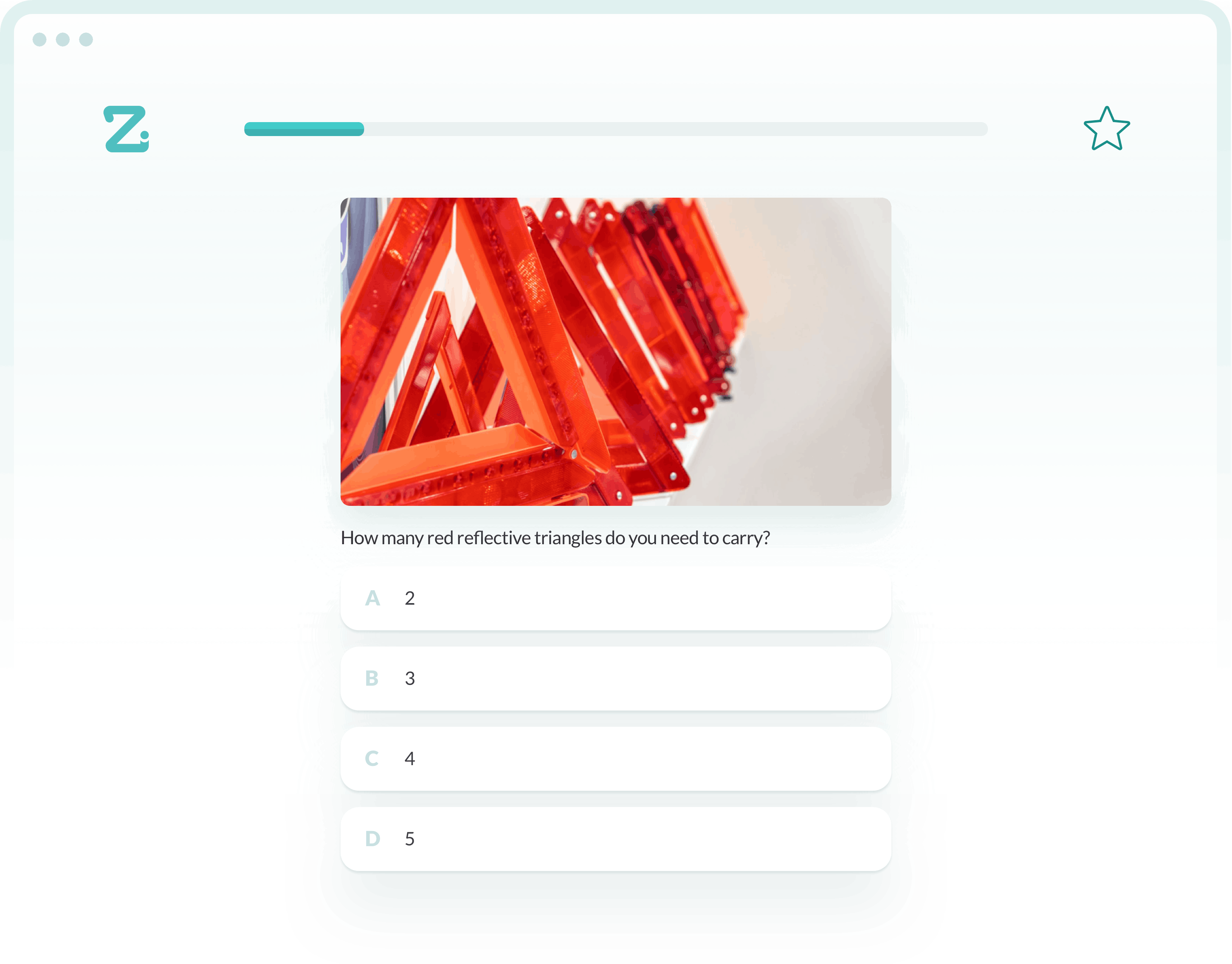
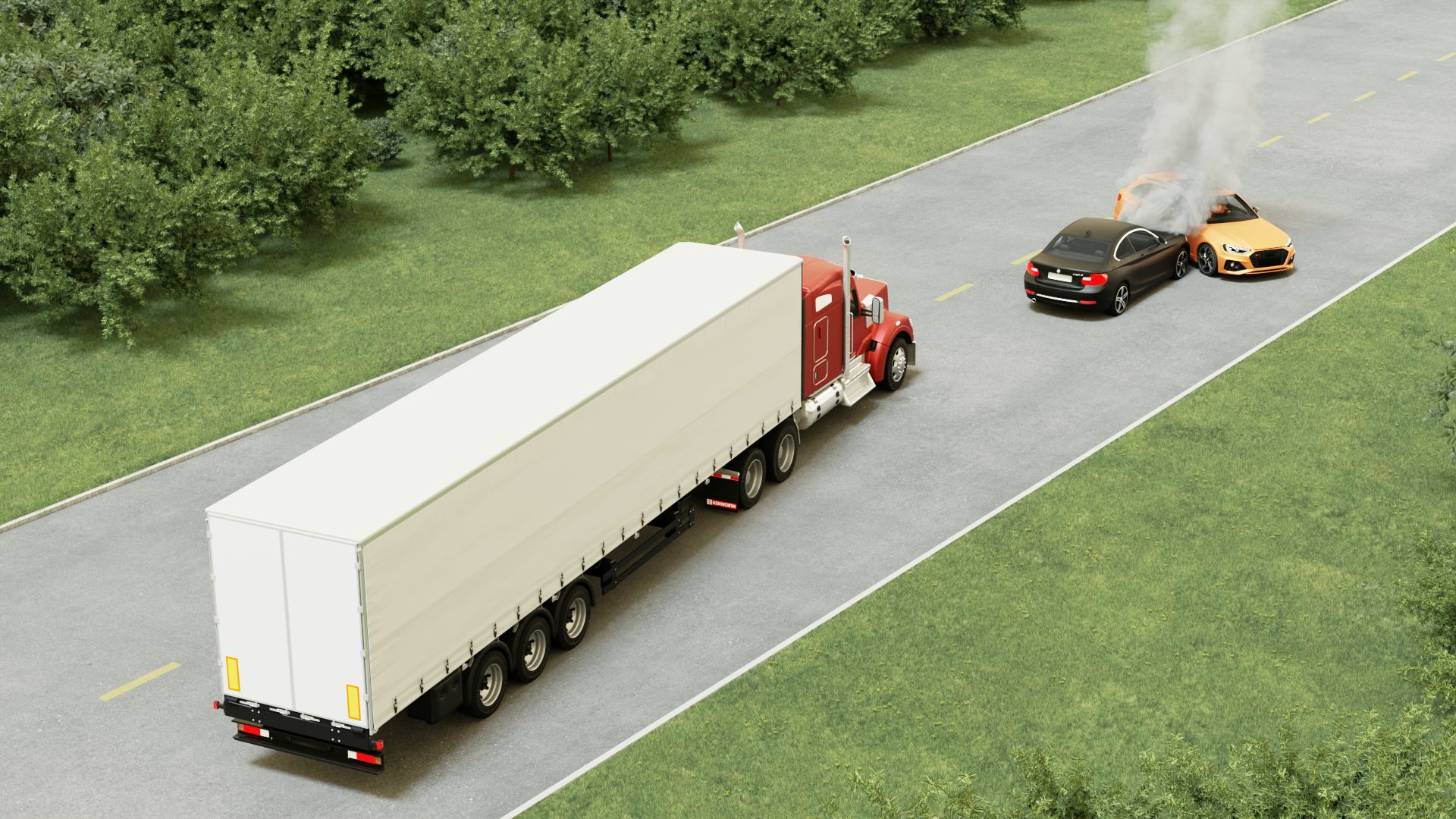
General Knowledge Practice Test
The CDL General Knowledge Test will test your knowledge on broad topics such as CDL rules and requirements, transportation of cargo, pre-trip vehicle inspections, traffic laws, vehicle equipment, road signs, and more. All applicants are required to pass this test.
Official test facts
- Passing score: 80 %
- Number of questions: 50
- Correct answers needed to pass: 40
- Length: 60 min
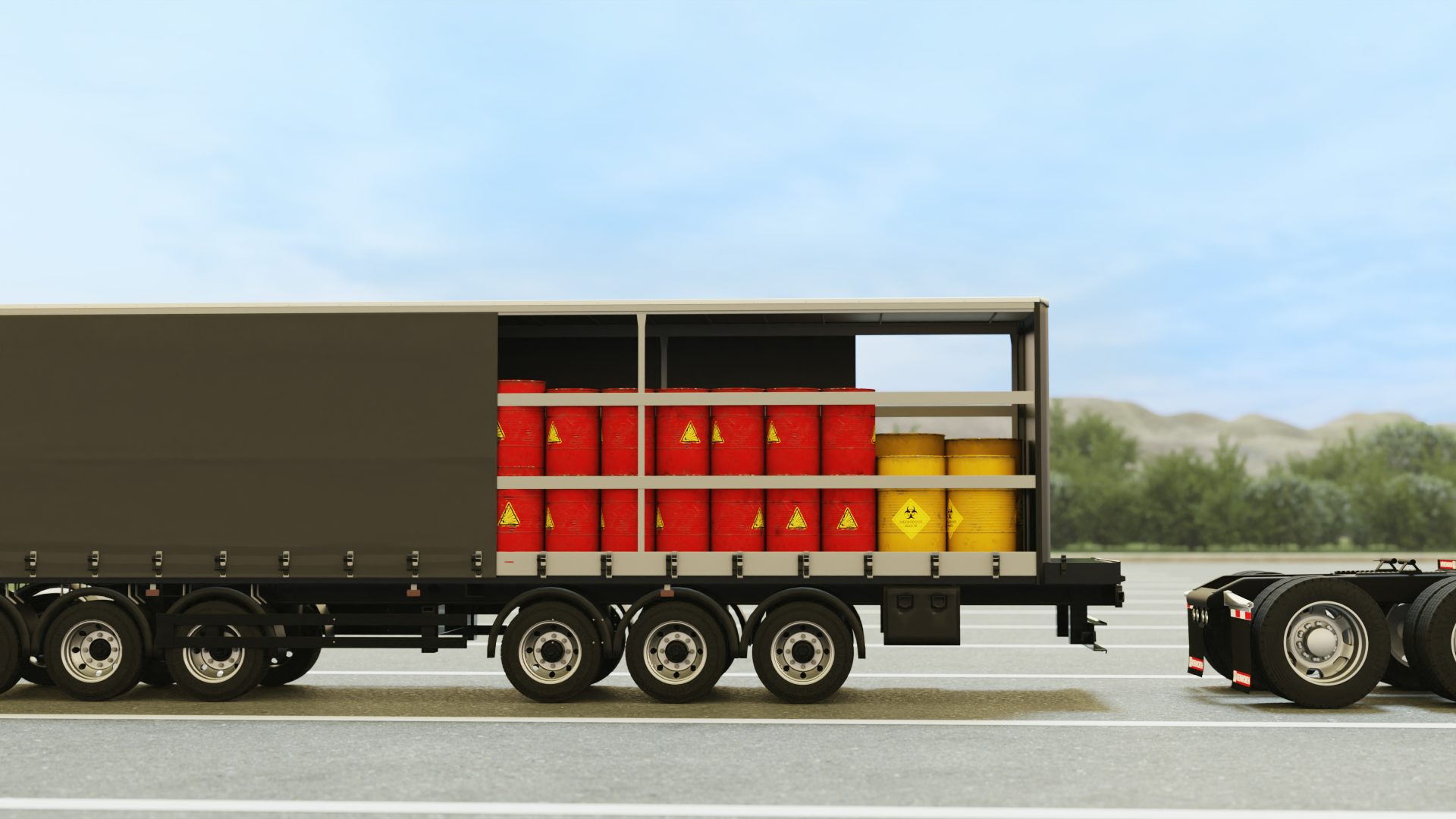
Hazardous Materials Practice Test
You need to get this endorsement if you wish to operate any commercial vehicle that requires a HazMat placard, which is mandatory if you are transporting hazardous materials, such as explosive, poisonous, or flammable liquids. To apply, you must either be a U.S. citizen, be a permanent resident, or have a valid Employment Authorization Document. The HazMat exam tests your knowledge on topics such as loading and unloading, emergencies, communication rules, parking rules, and bulk packaging marking.
Official test facts
- Passing score: 80 %
- Number of questions: 30
- Correct answers needed to pass: 24
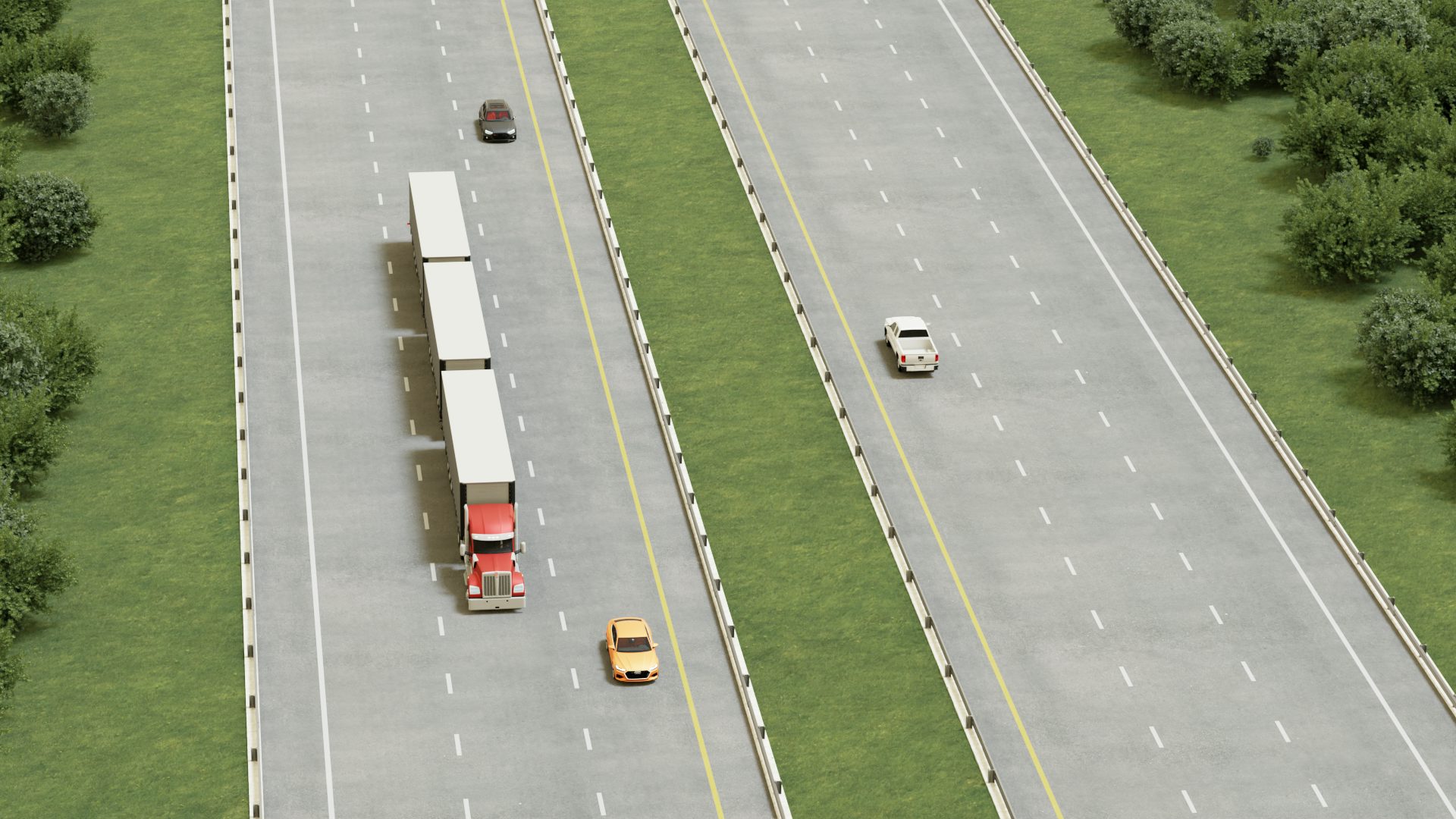
Double and Triple Trailers Practice Test
This endorsement is required if you wish to pull double or triple trailers. You will be tested on topics such as pulling double and triple trailers, air brake checks, how to couple and uncouple trailers, how to inspect trailers, and more.
Official test facts
- Passing score: 80 %
- Number of questions: 20
- Correct answers needed to pass: 16
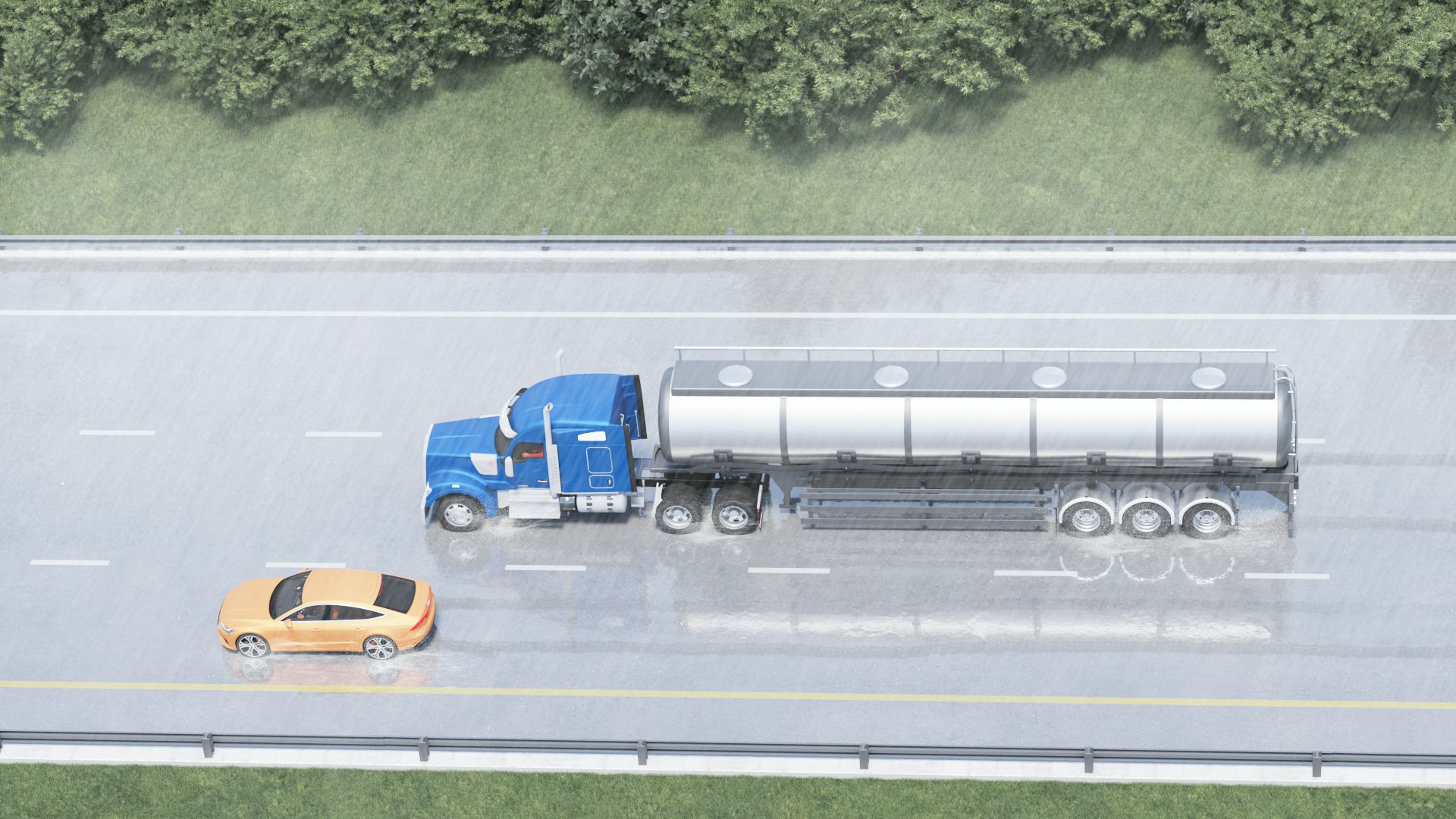
Tanker Vehicles Practice Test
This CDL endorsement is required if hauling a tank with an individual rating greater than 119 gallons or a portable equal to, or greater than, 1,000 gallons. Tankers are used to transport liquid or gaseous materials. The exam will test you on topics such as tanker vehicle inspection, special purpose equipment, safety procedures, weight limits, and on-road safety.
Official test facts
- Passing score: 80 %
- Number of questions: 20
- Correct answers needed to pass: 16
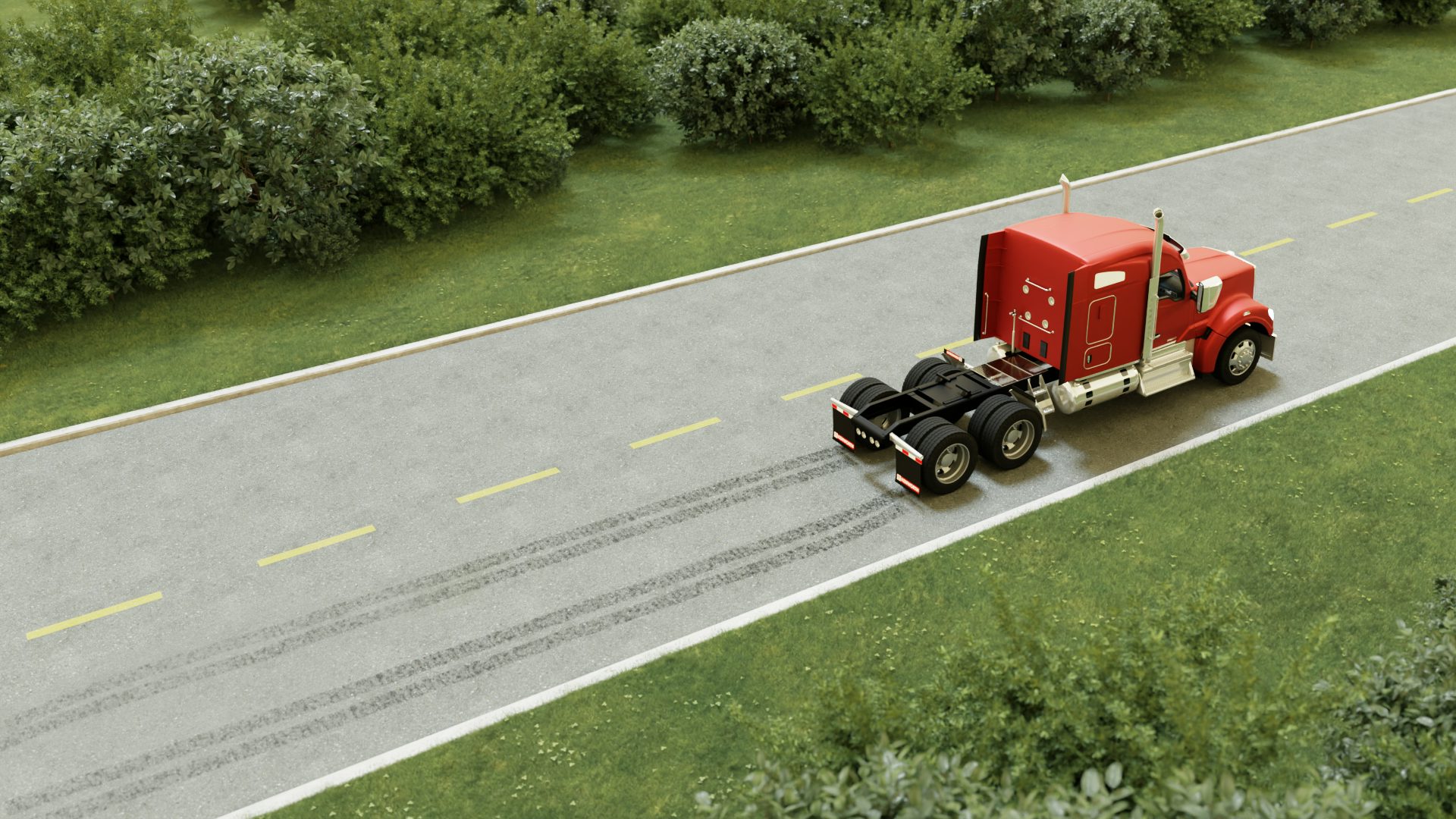
Air Brakes Practice Test
Passing the air brake endorsement test will allow you to drive trucks and buses with air brakes, as well as pull trailers with air brakes. The air brakes exam tests your knowledge on topics such as how to inspect air brake systems, dual and single air brakes, how to use air brakes, and how the air brake system works.
Official test facts
- Passing score: 80 %
- Number of questions: 25
- Correct answers needed to pass: 20
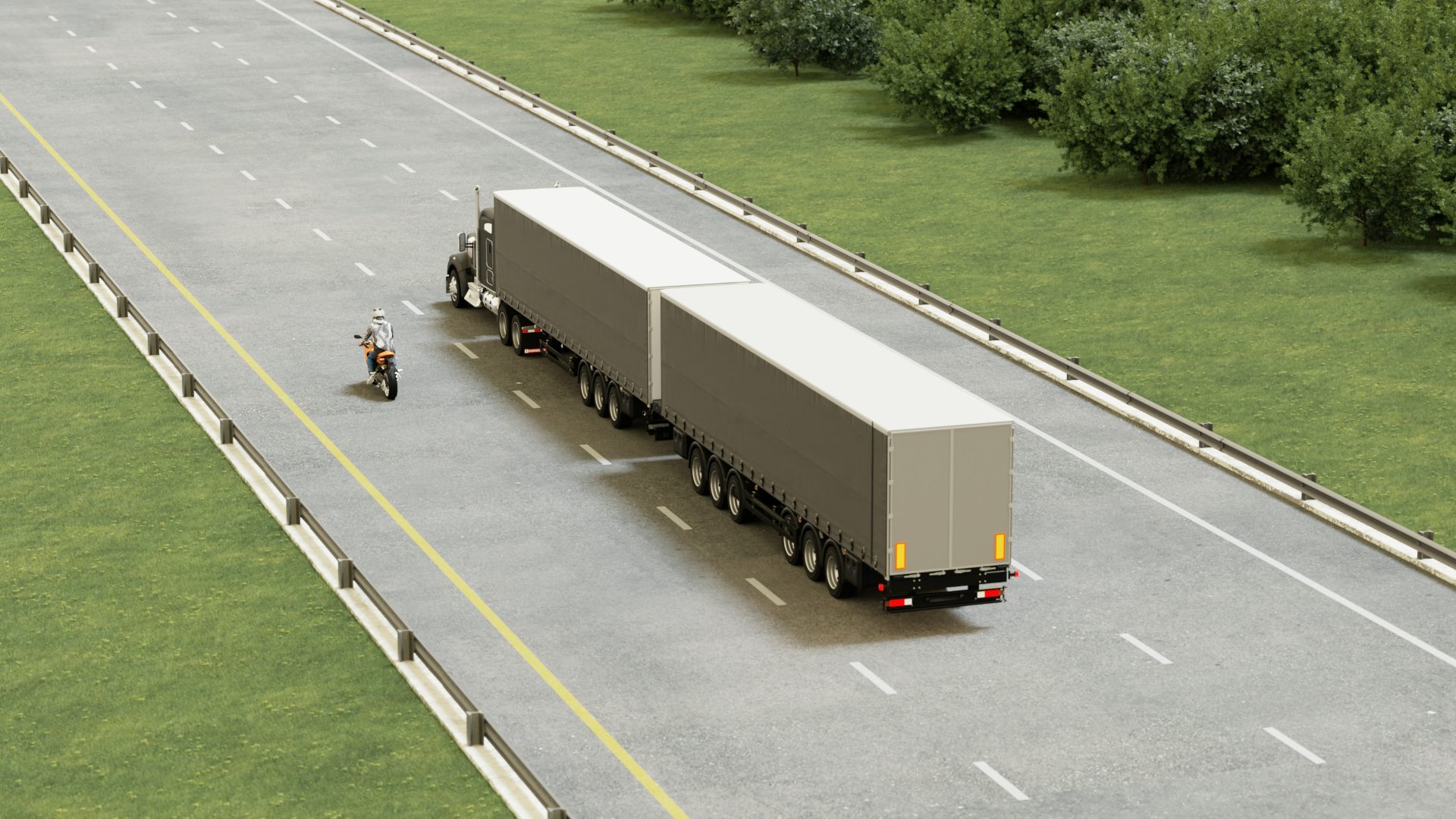
Combination Vehicles Practice Test
Passing the combination vehicle endorsement test will allow you to drive combination vehicles. You will be tested on topics such as how to handle combination vehicle air brakes, how to drive combination vehicles, coupling and uncoupling, and how to make a proper vehicle inspection.
Official test facts
- Passing score: 80 %
- Number of questions: 20
- Correct answers needed to pass: 16
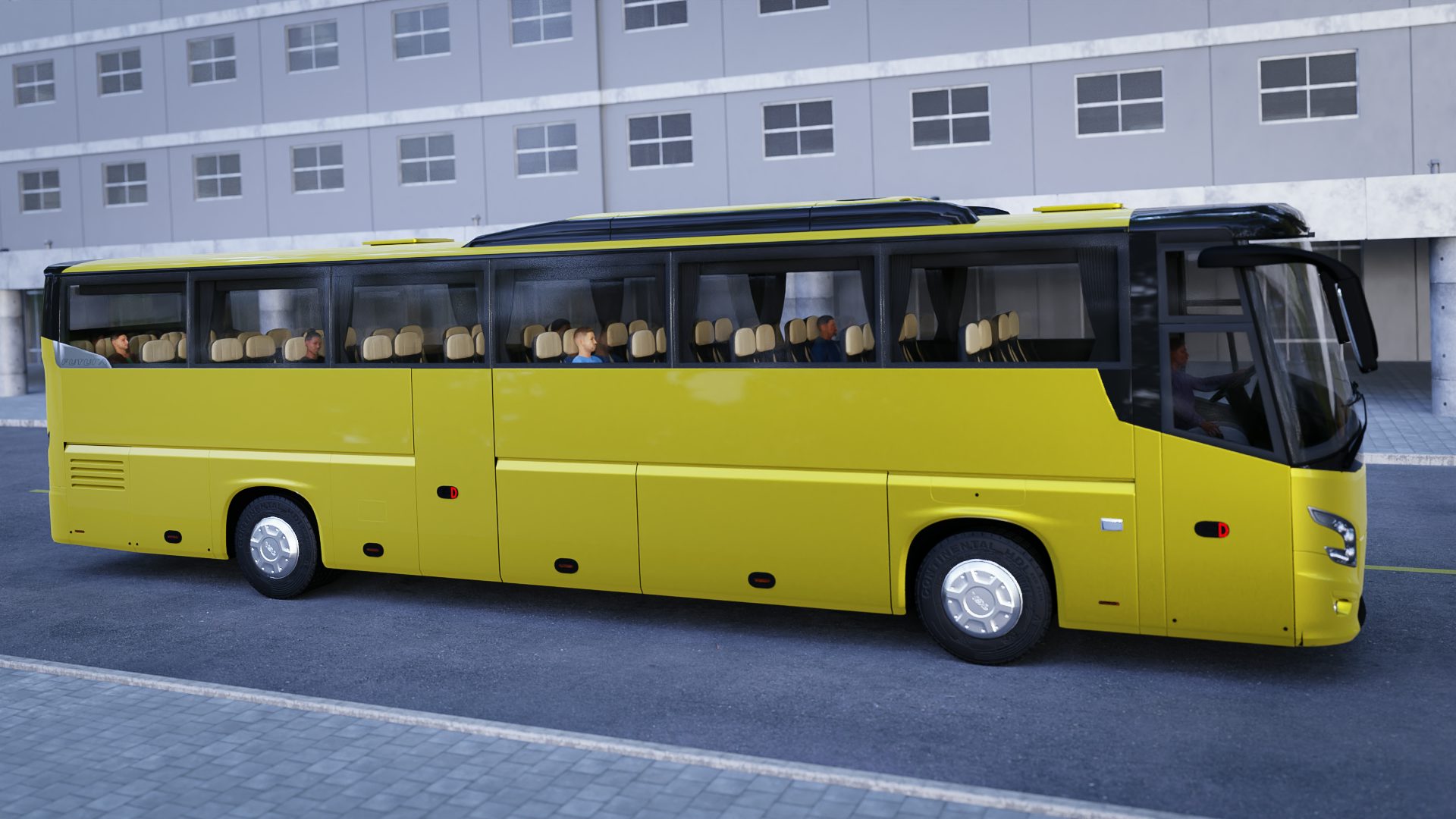
Passenger Vehicles Practice Test
A passenger vehicle CDL endorsement will allow you to drive any vehicle designated to carry 16 or more persons (including the driver). This endorsement test will test your knowledge on topics such as vehicle inspection, what to remember on the road, prohibited practices, and vehicle loading.
Official test facts
- Passing score: 80 %
- Number of questions: 20
- Correct answers needed to pass: 16
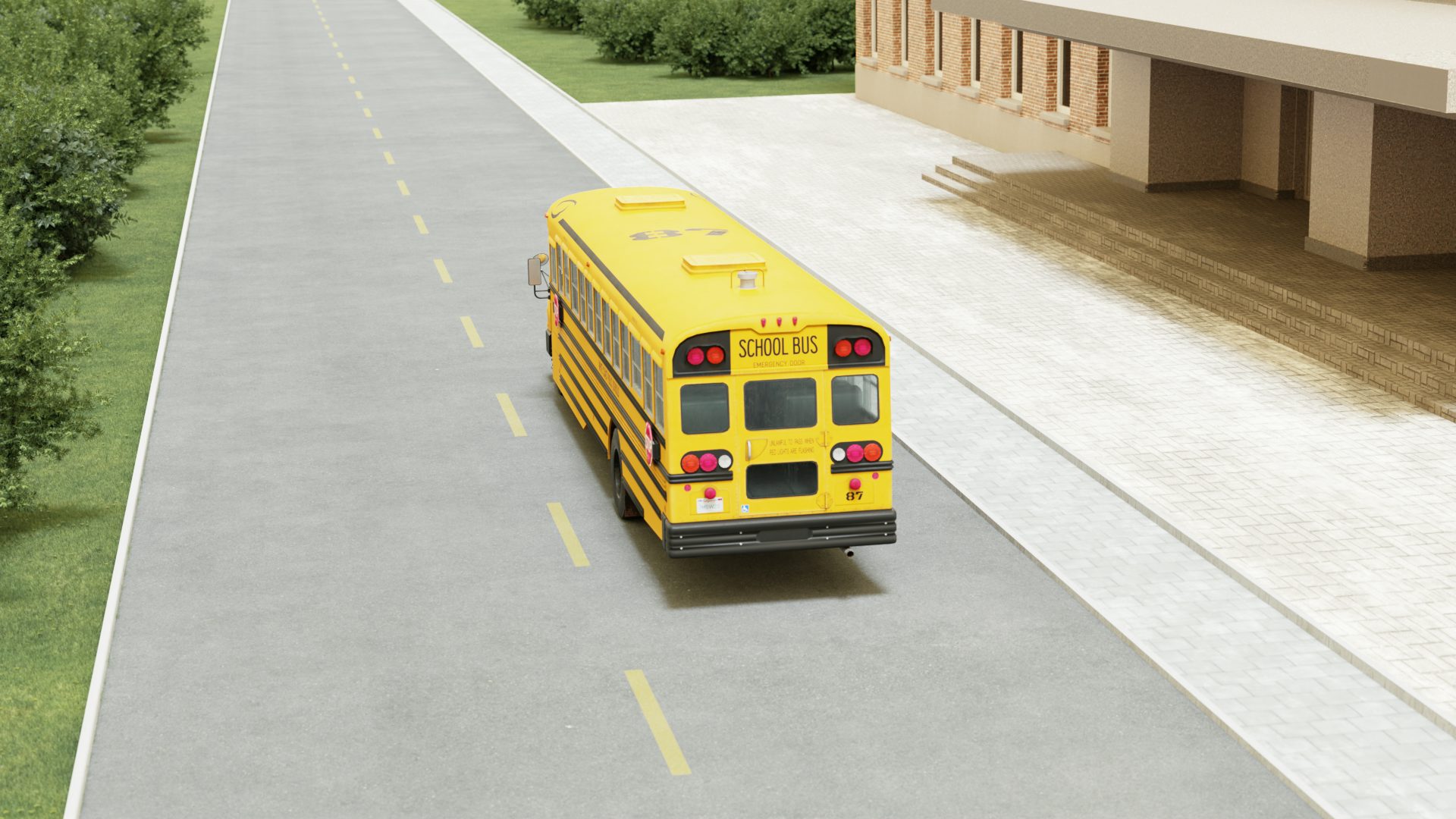
School Bus Practice Test
This endorsement is specifically made for transporting students to or from school/school activities. The school bus endorsement exam will test your knowledge of topics such as how to load and unload a school bus, managing students, use of mirrors, danger zones, and emergency situations/evacuation. You’ll need a P endorsement before being eligible for this endorsement.
Official test facts
- Passing score: 80 %
- Number of questions: 20
- Correct answers needed to pass: 16
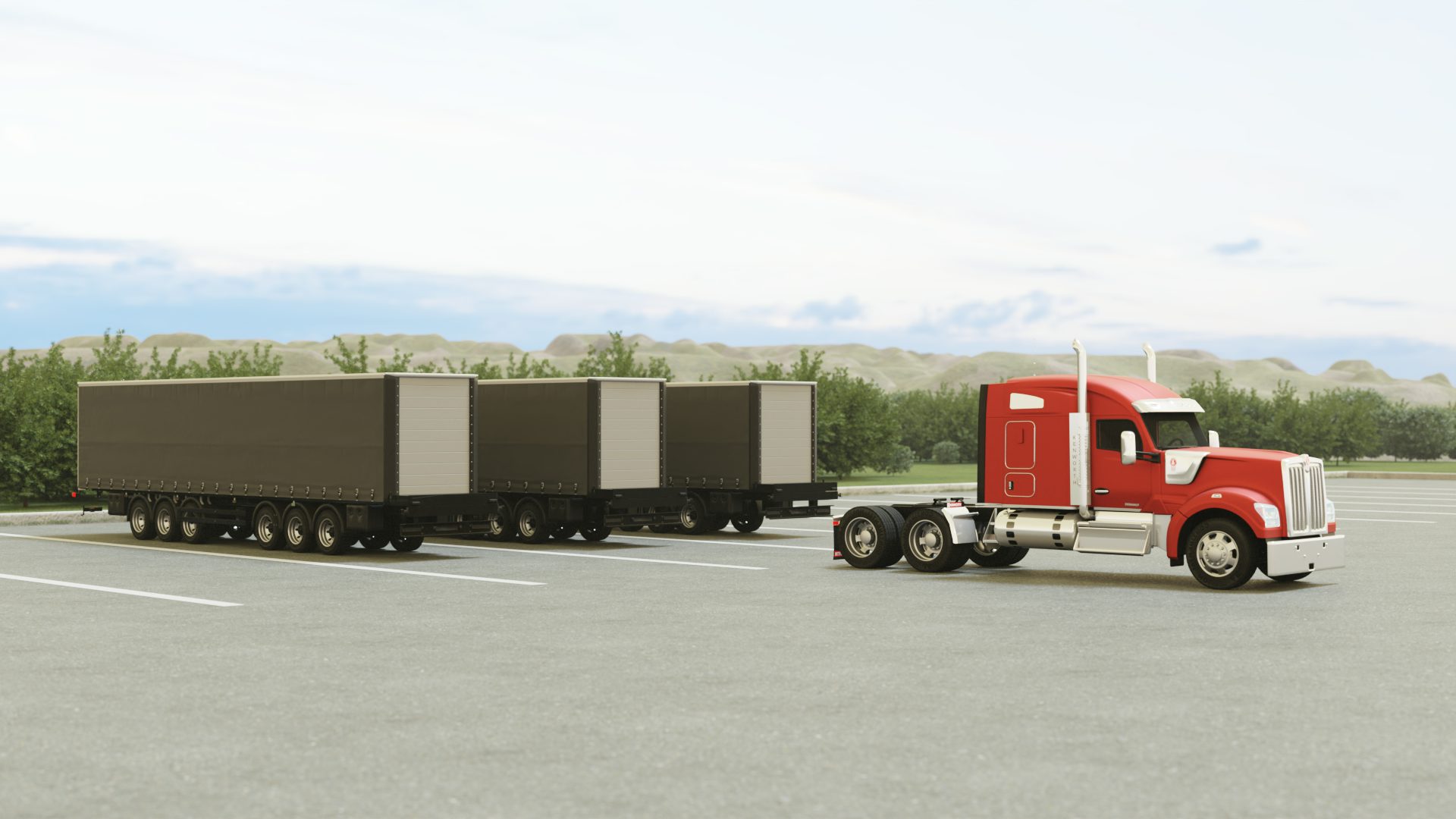
Pre-Trip Inspection Practice Test
The pre-trip inspection is an in-person exam where you will be required to make a thorough inspection of your vehicle in front of an examiner. You’ll also need to explain why certain parts of the vehicle must be inspected before driving. The federal requirements state that you need to inspect in-cab safety and emergency equipment, air-brakes, coupling system, vehicle lights, chassis, brakes, engine compartment, fuel tank, among other things.
Earning your commercial driver’s license in any state requires you to follow several steps, starting with passing your CDL general knowledge test followed by endorsement exams. If you’re stuck staring at the pages of the dense CDL manual, passing your tests may feel a little overwhelming if not impossible.
Studying using the handbook is a great way to learn for some, but relying solely on the handbook will make passing your exams very difficult. Many prospective drivers complain that there’s too much information presented at one time, and the material can be hard to understand and remember. That’s what Zutobi is here to help with - we’ll break down the entire handbook into small and digestible practice tests that will help you pass the CDL exam in a breeze.
Zutobi is our online learning platform that has revolutionized the process of learning to drive any vehicle through easy-to-understand theory and tests. Whether you’re getting behind the wheel of a car for the first time, or working on obtaining your CDL, Zutobi can help you study test-relevant material in a way that is fun and engaging.
,Pass Your CDL Test in Any State with Zutobi
Zutobi can help you learn everything you need to know in order to earn a Passing score on your CDL test on your first try. Here are some of the features you’ll get with Zutobi:
- State-specific CDL practice tests that simulate the real exam to help you feel prepared and comfortable on test day.
- Answers and explanations to all of our practice test multiple choice questions so you can learn the correct answers and the reasoning behind them.
- Relevant information that you need to know in order to pass your CDL test and stay safe on your job. Learn everything from traffic laws to specific regulations for commercial vehicles.
- An all-in-one course with practice tests for all CDL endorsements.
- Fun, engaging learning levels that help you stay motivated to study as you earn points and achievements.
How Can You Make Sure to Pass Your CDL Test?
The first thing you need to do is get yourself a copy of the CDL driver's manual - It contains everything you need to know and more. Hard copies can be found at your local DMV office. After you've read through the manual, we recommend that you start doing a lot of practice tests online. If used correctly, these tests will help you understand how the actual exam works and will help you identify weak areas that you need to practice more.
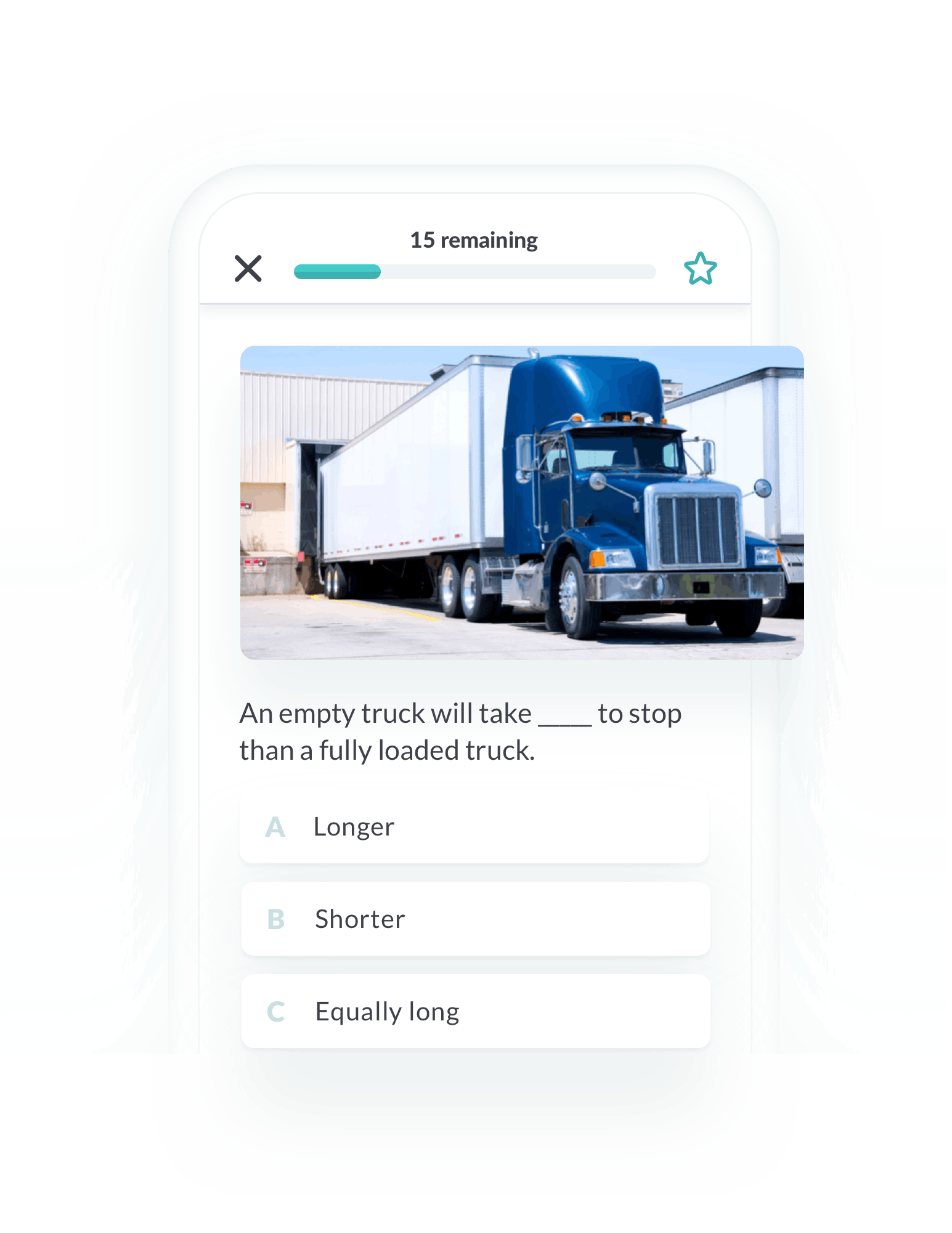
Is the CDL General Knowledge Test Hard?
How Many Tests Do You Need Take To Get Your CLP?
You must pass the general knowledge test to get your permit. Once you have taken and passed the exam, you can get behind the wheel of a commercial vehicle to gain driving experience under supervision. Once you’re ready to proceed to a full commercial license, you will need to pass a road skills test.
If you are trying to earn different endorsements on your CDL, you will have to take and pass additional exams. Examples of these endorsement exams are the:
- Tank Vehicle Endorsement Test
- School Bus Endorsement Test
- Hazardous Materials Endorsement Test
- Passenger Endorsement Test
What is a Class A CDL?
A Class A CDL allows drivers to operate a vehicle towing a detachable trailer of a gross vehicle weight rating (GVWR) of more than 10,000 pounds. Examples of these trucks are usually any regional or local semi-truck you see on the highway.
What is a Class B CDL?
Any driver with a Class B CDL can drive a vehicle with a GVWR of 10,000 pounds or more, except the trailer is not detachable. These types of vehicles include dump trucks, trash trucks, large buses (including school buses, city buses, and tourist buses), and straight trucks.
What is a Class C CDL?
Drivers holding a Class C CDL can operate any vehicle designed to carry 16 passengers or more (including the driver). This license also allows drivers to operate certain hazardous material vehicles such as gasoline trucks.
How Do You Get Your Commercial Learner’s Permit?
- Be at least 21 years old. Some states will issue an intrastate CDL to people between 18 – 20 years old.
-
Submit your application.
- Provide proof of residency. Valid documents must serve as proof of both state and US residency.
- Provide proof of identity. Valid documents must be presented showing your identity. For example; US birth certificate, valid US passport or Permanent Resident Card.
- Provide proof of social security number. A valid document must be used as verification of your SSN. For example; a social security card or Medicare ID card.
- Submit proof of your medical status. To do this, you must submit a Medical Examiner’s Certificate Form (MCSA-5876) and a Medical Examination Report Form (MCSA-5875).
- Pass CDL knowledge exam.
- Pass a vision test. This test will ensure that you have an acceptable visual acuity.
- Get a Commercial Learner’s Permit (valid for 180 days). With this you can finally practice using real vehicles and with a supervising commercial driver in the passenger seat - You can schedule a road test at the earliest 14 days after receiving your CLP.
How Does Our CDL Practice Tests Work?
Our CDL practice tests contain multiple-choice questions, and are perfect if you want to study and test yourself before you have to sit down to take the real thing. The questions are nearly identical to those on the real exam, and also include detailed explanations to help you fully understand and retain the information in the handbook. Based on what you want to study, you can choose whether you only want to study for the general knowledge test or if you want to study a specific endorsement, such as air brakes, tanker, or combination vehicles.
In short: You can use our practice test questions, and their provided answers, as the perfect CDL study guide to help you pass your CDL knowledge test and endorsement exams.
What to Bring On the Day of Your Test (And Other Requirements)
You will need to bring the following items:
-
Proof of citizenship or lawful permanent residency (49 CFR § 383.71).
- Birth certificate
- Green card
- Social security card
- Valid passport
- A valid driver’s license with no active suspensions or revocations in any state.
- Proof of residency. Valid documents must serve as proof of both state and US residency.
- Proof of social security number. A valid document must be used as verification of your SSN. For example; a social security card or Medicare ID card.
- Proof of your medical status (Medical Examiner’s Certificate Form (MCSA-5876) and Medical Examination Report Form (MCSA-5875)).
You must also meet the following requirements:
- Must have accumulated 12-24 months of driving experience (depending on state).
- Be at least 21 years old to drive across state lines (interstate) or transport hazardous materials.
- Be at least 18 years old to drive intrastate (most states).
- Pass necessary background checks.
- Must be able to read and speak English to drive a CMV (§ 391.11).
- Must not be subject to any disqualification under FMSCA Section § 383.51 Disqualification Of Drivers.
Note that there may be other restrictions and requirements you need to meet in addition to the ones listed above to be able to get your CDL license.
What can happen if there is a buildup of moisture or oil in the air tanks?
What can happen if there is a buildup of moisture or oil in the air tanks?
You must drain the air tanks completely at the end of each working day to avoid buildup of moisture and oil. If enough moisture is collected, the water can freeze and cause brake failure.
There are two types: manual and automatic air tank drains. If your vehicle has automatic air tank drains, the water and oil will be automatically expelled. If you vehicle has manual air tank drains, you have to drain the tank using the manual draining valve located in the bottom of the tank.
In a manual slack adjustor, how far should the brake pushrod be able to move when pulled by hand with the brakes released?
In a manual slack adjustor, how far should the brake pushrod be able to move when pulled by hand with the brakes released?
If your vehicle has manual slack adjustors, the brake pushrod should move less than 1 inch when pulled by hand with the brakes released.
In a static air leakage test:
In a static air leakage test:
The static leakage test is done by charging the air system fully, then turning the engine off and releasing all the brakes. In 1 minute, the air pressure should drop no more than 2 psi for single vehicle, 3 psi for a combination of 2 vehicles, or 5 for a combination of 3 or more vehicles.
Any loss greater than the above mentioned indicates a problem in the braking system.
What does the Anti-Lock Brake system do?
What does the Anti-Lock Brake system do?
The ABS will automatically activate during emergency braking to prevent your wheels from locking up. As the wheels don’t lock, you can steer while braking - which is especially beneficial if you need to steer to avoid something. ABS won't affect the way you drive or affect the stopping or braking distance, but it will help you control the vehicle. All truck tractors with air brakes built after March 1997 must be equipped with air brakes.
Air brakes rely on _____ to work
Air brakes rely on _____ to work
Air brakes rely on compressed air to flow through the lines and fill up the brake chamber up to a certain air pressure for the brakes to work.
Which of the following is FALSE about the emergency line?
Which of the following is FALSE about the emergency line?
The emergency/supply line is used for 2 main purposes: to supply air to the trailer air tanks and to control the emergency brakes on combination vehicles. A loss of air pressure in the emergency line will lead to the emergency brakes, which are usually spring brakes, coming on. An example of when the emergency line could lose air pressure is when a trailer breaks loose and rips up the emergency line - in this situation the emergency spring brakes will automatically activate to slow the trailer down.
To help keep the different air lines apart, service lines are often coded blue and emergency lines red.
Which of the following is FALSE about the service line?
Which of the following is FALSE about the service line?
The service line is used to supply air to the air brakes on combination vehicles, and these brakes are controlled by the foot brake or trailer hand brake. It is connected to the relay valves which allow the trailer brakes to be applied more quickly. It's the emergency line that controls the emergency brakes, not the service line.
What is the purpose of the shut-off valves?
What is the purpose of the shut-off valves?
The shut-off valves are used to close the air lines at the back of a trailer if another trailer is not being towed. This allows air pressure to build within the system and not leak out at the back. The shut-off valves should be in the open position on all trailers except the one at the back where it must be closed.
After the fifth-wheel has been unlocked while uncoupling, you should NOT:
After the fifth-wheel has been unlocked while uncoupling, you should NOT:
After the fifth wheel has been unlocked, you need to first partially move the tractor to ensure that the trailer can support itself. You do this by moving the tractor forward until the fifth-wheel is clear of the trailer, but not the tractor frame. You want to keep the tractor frame under the trailer in case the landing gear fails due to the ground not being solid enough or damage to the landing gear itself. Only after you have checked to make sure the landing gear can support the trailer should the tractor be moved out completely.
Which of the following should you NOT do to unlock the fifth wheel?
Which of the following should you NOT do to unlock the fifth wheel?
As you unlock the fifth-wheel, you want to position yourself away from the rear tractor wheels in case it moves.
The brakes on a double or triple trailer are checked:
The brakes on a double or triple trailer are checked:
You test the brakes on double or triple trailers the same as you would on any other combination vehicle
When you have backed the converter dolly under the rear trailer, the visual check of the coupling should show:
When you have backed the converter dolly under the rear trailer, the visual check of the coupling should show:
A visual check of the coupling is very important as you'll immediately see if something is wrong. If the coupling is correct, there should be no visible space between the upper and lower fifth-wheel, and the locking jaws should have closed around the kingpin. You can test the coupling by pulling against the pin of the second semitrailer.
As part of the walk-around-inspection of the fifth-wheel (lower), you need to check:
As part of the walk-around-inspection of the fifth-wheel (lower), you need to check:
The locking jaws should be around the shank, not the head of the kingpin. The fifth-wheel should be securely mounted, have no damaged or missing parts, and be greased. There should be no visible space between the lower and upper fifth-wheel. The safety latch must be engaged and the release arm properly placed.
How far forward should the fifth-wheel be placed in relation to the tractor frame?
How far forward should the fifth-wheel be placed in relation to the tractor frame?
There is no exact distance between the fifth-wheel and the tractor frame, but you need to make sure they are far enough apart so neither the tractor frame hits the landing gear during turns, nor the cab hits the trailer during turns.
The most heavily loaded semitrailer should be ____.
The most heavily loaded semitrailer should be ____.
To ensure the safest handling on the road, you will want to place the most heavily loaded semitrailer closest to the tractor, and the lightest trailer in the rear. This will distribute the braking and turning force most evenly across all the wheels and prevent over / understeering.
If you spot a cargo fire in a van or box trailer:
If you spot a cargo fire in a van or box trailer:
Drivers can make a fire worse by not following the proper procedures in case of fire. If there is an isolated fire within a van or box trailer, pull off the road and notify emergency services. As the fire is isolated, you don't want to open the van doors and let oxygen in (more oxygen will cause the fire to burn faster). Instead, keep the fire from spreading beyond the van or box trailer and wait for the emergency services to arrive.
Some fires, such as HazMat fires, require special fire extinguishers capable of extinguishing that particular class of fire. Read the label on the fire extinguisher before using it.
An empty truck will take _____ to stop than a fully loaded truck.
An empty truck will take _____ to stop than a fully loaded truck.
While additional weight will impact the stopping distance on most vehicles negatively, the braking system in a truck is designed to work best and give the most traction when the vehicle is fully loaded. This means most empty trucks take longer to stop than when fully loaded.
Being a good driver requires both cooperation and responsibility. What signifies a good driver?
Being a good driver requires both cooperation and responsibility. What signifies a good driver?
The best way to make the roads a safer place is by being aware of the road rules, staying focused, signaling your intentions, and driving defensively.
What should you do when driving on slippery roads?
What should you do when driving on slippery roads?
The stopping distance increases in bad weather, so drive slower than you would in ideal conditions and increase the following distance. In general, wet roads can double the stopping distance. Adjust to this by reducing your speed by at least 1/3 on a wet road, and by even more on a road with snow. If there is ice, your stopping distance may increase by up to 10 times.
You are on a medication that has a warning label saying ‘do not drive’. What should you do?
You are on a medication that has a warning label saying ‘do not drive’. What should you do?
Medicines can affect your concentration, coordination, mood, and reactions. The label says ‘do not drive’ for a reason.
What is outage or ullage?
What is outage or ullage?
Liquids in a cargo tank will expand as the temperature changes during transit. To prevent the tank from becoming too full, every tank carrying liquids has to be empty to some percentage, i.e. the amount of outage or ullage needed. How much outage or ullage that is needed will depend on the liquid being transported, but there must be enough outage so the tank will not be full at 130 degrees Fahrenheit.
A placard for a Hazmat may:
A placard for a Hazmat may:
Placards for Hazmat may be displayed even if they are not required, but they must identify the hazard of the material in question. The placards must follow the color specifications.
A shipping paper:
A shipping paper:
A shipping paper is used to describe the HazMat / materials being transported. It includes bills of lading, manifests and shipping orders. It will show the quantity and hazard class of the materials to provide for easy identification and response in case of an accident.
Are you allowed to park on a private property without notifying the owner of the danger?
Are you allowed to park on a private property without notifying the owner of the danger?
Do not park on a private property unless the owner is aware of the danger. When the HazMat vehicle is parked, someone has to watch the vehicle. The person watching the vehicle may be someone else only if your vehicle is parked on the shipper's property, the carrier's property or the consignee's property.
In case of a vehicle breakdown, flares or fuses must not be used if transporting:
In case of a vehicle breakdown, flares or fuses must not be used if transporting:
In case of a vehicle breakdown, you should only use the reflective triangles and/or red electric lights if transporting a material close to which a fire is prohibited. Examples of such materials include any tank used for transporting Class 3 or Division 2.1 whether loaded or empty, and all vehicles used for transporting explosives.
What emergency equipment should you have in a passenger transportation vehicle?
What emergency equipment should you have in a passenger transportation vehicle?
You should have all emergency equipment as required by law. You don't have to bring spare electrical fuses if the bus is equipped with circuit breakers.
Where does most bus accidents happen?
Where does most bus accidents happen?
Most bus accidents occur at intersections. Bus driver's must use caution at intersections to avoid accidents, even when other vehicles must yield the right of way.
To avoid rider injury, allow ______ before departing.
To avoid rider injury, allow ______ before departing.
There is not a set amount of time you should wait before departing as each situation will be different. For example; an old person requires much more time to get into his or her seat than a teen, while also being far more likely to be injured in a fall.
Having regrooved, recapped or retreaded tires on the front wheels of a bus is _____.
Having regrooved, recapped or retreaded tires on the front wheels of a bus is _____.
Using regrooved tires on the steer axle is prohibited for any truck or tractor if the load-carrying capacity is greater or equal to 2,232 kg (4,920 pounds). For buses, regrooved, recapped or retreaded tires are prohibited on the front wheels regardless of load-carrying capacity.
Are riders allowed to leave carry-on baggage in the aisle?
Are riders allowed to leave carry-on baggage in the aisle?
The aisle and doorways should be clear of baggage. In an emergency, misplaced bags in the doorways or aisles can be very dangerous as they will make a safe evacuation much harder. Secure bagge and freight in a safe place that does not damage the cargo.
The driver and all riders must be able to use all exits and not have their movement restricted due to bags or freight.
What should you check the engine compartment belts for?
What should you check the engine compartment belts for?
A worn, cracked or old belt may snap as you drive. Engine compartment belts must be in good shape and without more than 3/4 inch play at center of the belt.
Before you begin the vehicle inspection:
Before you begin the vehicle inspection:
Before you do any further inspection of the vehicle, you must make sure the vehicle won't roll or move away. If the vehicle moves during an inspection, you can get serious injuries.
On engine startup, the ammeter/voltmeter gauges should show that the alternator / generator is ______, and that the warning lights is ______.
On engine startup, the ammeter/voltmeter gauges should show that the alternator / generator is ______, and that the warning lights is ______.
The ammeter/voltmeter gauge should show that the alternator / generator is charging on engine startup, and that the warning light is off.
What should you inspect the tongue / draw-bar for?
What should you inspect the tongue / draw-bar for?
The draw-bar may reach the wear limit after it has been used for a long time. If the draw-bar shows excessive wear or any damage, it must be replaced. A draw-bar / draw-bar eye should never be repaired, only replaced.
If the draw-bar eye is damaged, it must be:
If the draw-bar eye is damaged, it must be:
If you damage the draw-bar or draw-bar eye in any way, it has to be replaced. Do not attempt to repair the draw-bar eye or continue using a damaged draw-bar eye. Damage is, for example, any stress cracks, broken welds, or bent or twisted parts.
As you come to a school bus stop, the school bus should come to a full stop:
As you come to a school bus stop, the school bus should come to a full stop:
You want to stop the school bus so the students have to walk 10 feet or more to the bus. This will give you a better view of their movements and lets you monitor if anyone enters a danger zone.
The blind spot from the flat outside left and right side mirrors generally extends:
The blind spot from the flat outside left and right side mirrors generally extends:
Your outside left and right side flat mirrors have large blind spots immediately below and in front of each mirrors, as well as directly in back of the rear bumper of the school bus. For a regular-sized school bus, the blind spot extends for 50 to 150 feet, but it can extend for up to 400 feet depending on the size of the bus.
You need to leave the driver's compartment during unloading. What should you do?
You need to leave the driver's compartment during unloading. What should you do?
In some instances during unloading, you will need to move out of the driver's compartment and position yourself to supervise loading. If you do, always set the parking brake, turn off the ignition, and bring the key with you.
Which of the following is NOT part of the unloading procedures on a route?
Which of the following is NOT part of the unloading procedures on a route?
The unloading procedures along the school bus route are often different than the unloading procedures at school. To unload along a route, you need to keep track of the number of students in the bus at all times. By counting the number of students on the bus, and the students leaving, you will be able to monitor their movements and ensure that you can safely locate each student before you move off.
You should ask the unloaded students to move at least 10 feet away from the bus and stand in a position where you can clearly see all students. If you cannot account for a student, you will have to secure the bus and search in, under and around the school bus before you proceed.
The location of a school bus stop can be changed
The location of a school bus stop can be changed
School districts will establish official school bus stops and routes. The school bus stops must be approved by the school district before the school bus stops there. You should only change the location of a school bus stop following written approval from a school district official.
You are transporting an unbaffled tank. How should you adapt your driving?
You are transporting an unbaffled tank. How should you adapt your driving?
Unbaffled tanks have no baffles inside to slow down the flow of the liquid - which means the relative back-to-front surge will be very strong. When driving an unbaffled tank you must be careful as you start or stop to prevent the surge from drastically affecting the vehicle's handling.
The sideways surge is not likely to be affected much as the baffles are used to slow down the back-to-front surge of the liquid.
When should you use an unbaffled tank?
When should you use an unbaffled tank?
Baffles will make the tank harder to clean inside. Food products such as milk etc. must be transported in an unbaffled tank because of sanitation regulations.
Baffles are bulkheads ______.
Baffles are bulkheads ______.
Baffles and bulkheads are dividers in the tanks. They are used to either reduce the amount of surge that is possible or divide the liquids into several smaller compartment. Bulkheads are solid dividers; baffles are bulkheads with holes to let liquid pass between.
Liquid ____ is a result from liquid moving around in partially filled tanks.
Liquid ____ is a result from liquid moving around in partially filled tanks.
The liquid in a partially filled tank will move as you change speed. For example; the liquid will surge back and forth as you come to a stop, which will have effects on handling.
You are driving a vehicle with multiple tanks. When do you need to have an N endorsement?
You are driving a vehicle with multiple tanks. When do you need to have an N endorsement?
According to federal regulations, a tank endorsement must be added to your CDL if you intend to transport liquids or gases in a tank having an individual rated capacity of at least 119 gallons and an aggregate rated capacity of at least 1,000 gallons. The tank can be either permanently or temporarily attached to the vehicle or chassis.


FMCSA Certificate
Zutobi is an approved FMCSA theory provider for all 50 states and Washington D.C.
After completing a CDL module, we will electronically notify the TPR that you are eligible to sit the corresponding test.
Try Zutobi’s CDL Practice Tests Today!
Test your knowledge using our free CDL practice test for your state. If you find yourself wanting more, sign up to the Zutobi CDL course today.
- Driver’s License Renewal
- How to Get Your US Driver’s License
- How to Prepare for Your Road Test
- How to Get a Driver’s Permit
- Behind-The-Wheel training
- Courses
- Blog
- FAQ
Show More